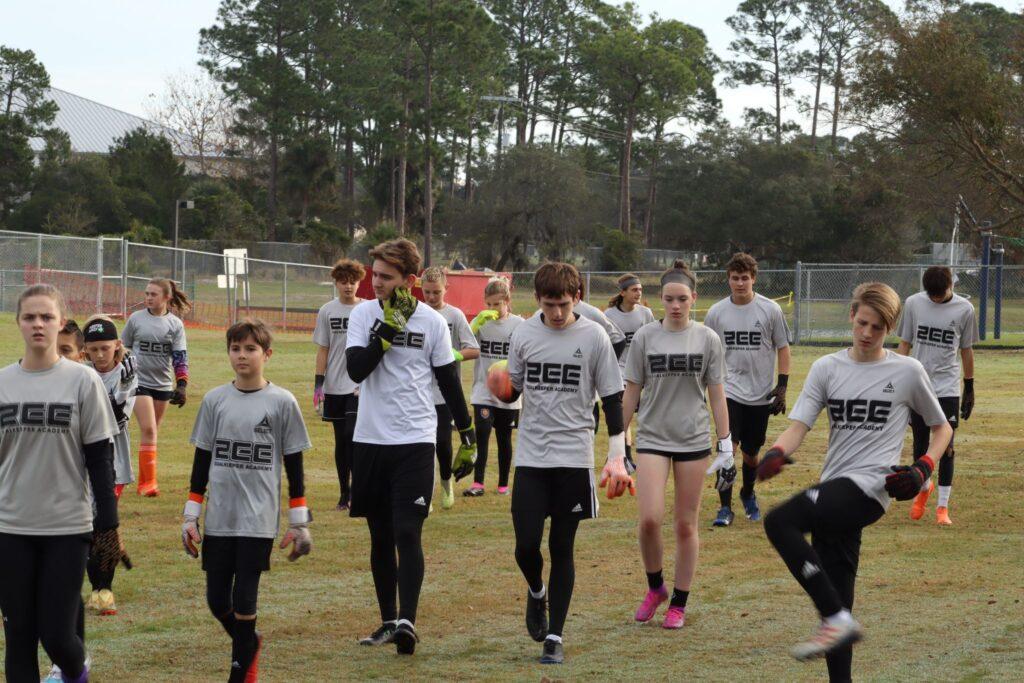Let’s start showing some statistics: Division 1 and Division 2 for Women colleges 80% are seen and identified by college coaches through ODP, 18% through ECNL and a miserable 2% through High School soccer programs. On the Men’s side 50% are identified in the MLS Next, 30% via ODP and 19% through the ECNL League program, leaving High School less than 1%.
MLS Next tournaments, ECNL Showcases and ODP regionals is where 99% of D1 and D2 college coaches fish for new talent. This is where the heat is, so if you’re planning on getting identified through a high school team, you’re totally delusional.
However, NAIA and NJCAA conference’s do keep an eye on high school, but this is without doubt lowering your expectations and ending up “paying” for your college tuition.

Always make sure that your club chooses the right tournaments and showcases, do your homework and see how many college coaches have found their players at these tournaments, how many of those players got a free ride, what level of education does the college offer. Always keep in mind the obvious: College coaches prefer to evaluate recruits at club tournaments, so playing for a top-tier club team and attending these events is a great way to get attention from Division 1 schools.
Only 8% of youth club soccer players end up playing in college, that’s about 1 player per team and only 1.3% go to play in D1. However, keep in mind that every recruiting journey is a little different, from athlete to athlete and from school to school. Athletes need to remember to stay proactive and not wait for coaches to find them.
As a youth club soccer player, the dream of playing at the college level is one that can be achieved with hard work and dedication. However, the recruiting process can be overwhelming and very confusing.
To increase your chances of getting recruited, it’s essential to understand the complete process and take the necessary steps to showcase your talent to college coaches. A tip is to start the recruiting process early: Don’t wait until your senior year to start the recruiting process. Start early and stay consistent throughout the whole process. The earlier you start, the more opportunities you will have to showcase your talent. Although NCAA Division I and Division II coaches aren’t able to contact potential recruits until June 15 of their sophomore year, players can reach out to coaches before that date (Parents can’t). Starting the process early also means doing your own extensive research on the type of college you want to attend, academic programs, campus life and other very important factors. You should also have a deep and realistic understanding of where you fit in the overall pool of youth soccer players, and the level of college soccer that will most likely be your best fit. See if they offer a full ride and save Mom and Dad a few bucks during the whole process!!
Attend college camps and showcases: These events provide an opportunity for you to showcase your talents in front of college coaches. Make sure to research the camps and showcases that align with your goals and level of play. For more specific advice on ID camps,
Build a very strong athletic resume: This includes your statistics, awards, and accolades. Make sure to list your club, high school, and other teams you have played for. Don’t forget to include your position, height, and any other relevant information. By doing so you can increase your chances of getting recruited to play college soccer. Remember to be proactive, stay organized, and maintain a positive attitude throughout the process. With hard work and dedication, you can achieve your goal of playing at the collegiate level.

